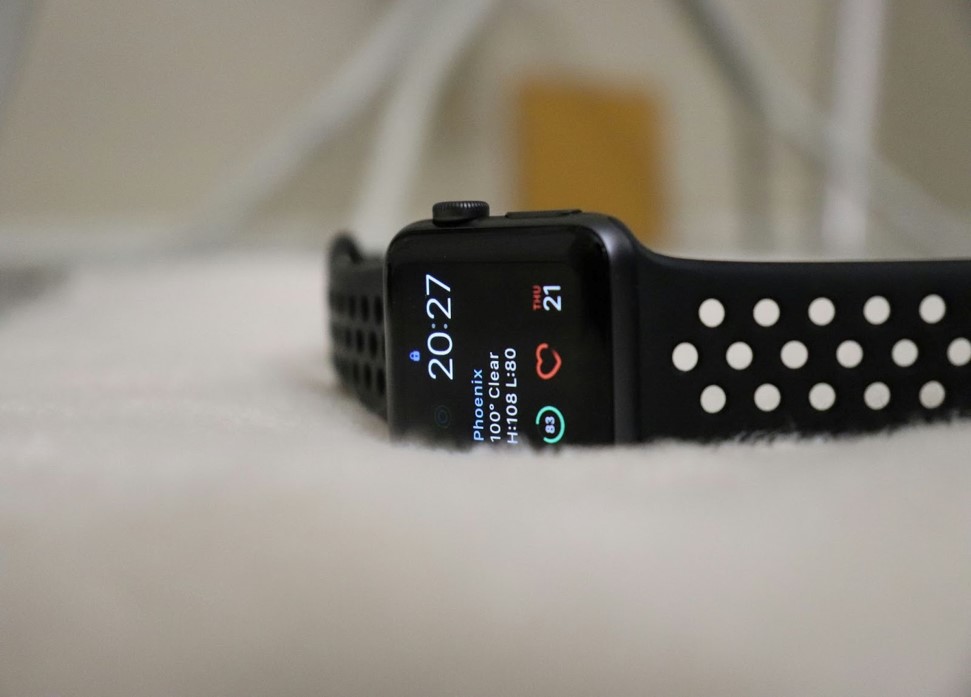
@ShahidNShah


Healthcare holds importance in society by directly impacting the well-being and lives of people from all walks of life. Everything from technological to medical advancements has changed life expectancy and treatment options, but this progress also doesn’t go without solid healthcare administration to give overall care to patients. As healthcare systems grow, administrators become vital to maintaining standards. While those studying courses such as the dual MSN MBA program may get ahead it’s essential for all healthcare professionals to stay ahead of the curve. This blog post will go through the contributions that healthcare administrators make in ensuring safety and exceptional care in an essential and evolving industry.
As medical technologies advance, the responsibility of healthcare administrators to ensure safety becomes more critical. The most obvious way that administrators can do this is through upholding the proper protocols and policies throughout their practices. We need to ensure that all relevant policies are constantly updated and clear to all staff working within the medical field if we want them to be upheld.
Proper protocols and policies include sanitation procedures, emergency response protocols and even privacy policies – which might need to be updated as technology becomes more accessible. By prioritizing these elements in the medical field, administrators can be sure that they are up-to-date and provide the best care possible to their patients.
While communication is essential within any organization it is especially vital within healthcare. Lives depend on you, so clear communication is paramount. Healthcare administrators act as a bridge between doctors, nurses, caregivers and other team members. If we can promote good communication practices, we can ensure cooperation, collaboration and mutual understanding between departures leading to the best possible outcomes and avoiding mistakes.
Strategies can include check-ins and meetings with clear and concise language while also encouraging open dialogue between team members. Group training sessions regarding communication practices can also be helpful for teams, and using the latest communication methods can also make things more efficient. These practices help lead to a solid foundation for a safer and successful communication system.
As technology evolves in the wider landscape, we need to look at how we can integrate it into the healthcare system. The most recent developments include the ability to analyze and access the health data of the wider population quickly. This ability has greatly improved patient outcomes and even saved lives in emergencies. Things like medical records, patient tracking systems and monitoring systems are all ways we can use technology in this regard.
Not only do these tools support active healthcare practitioners, but they can also facilitate early identification and prevention for patients. Devices like the Whoop strap, Oura ring, and others make it more accessible for the general population to analyze data, which will, in turn, help administrators achieve faster outcomes.

We can’t get better by accident; we need to have a plan in place, and as administrators, not having a continuous improvement strategy can leave you stagnant. Healthcare providers must delicately balance cost management and regulatory compliance to provide care to patients.
Continuous improvement strategies can play a major role by ensuring that the care provided meets or even surpasses, quality standards. By taking an approach to quality enhancement, healthcare organizations can identify issues early, address them promptly, and deliver improved patient outcomes. These efforts can also enhance efficiency within organizations, boost employee morale, and increase satisfaction—a win-win situation for all parties.
As healthcare professionals, we frequently encounter choices that could potentially impact the well-being of our patients. Navigating these dilemmas can be quite challenging especially when there are conflicting viewpoints or unclear guidelines. That’s why it is crucial to approach these situations with an understanding of our values and principles and a willingness to collaborate and communicate effectively with our colleagues.
We need to ensure that we deal with patient issues by considering all perspectives and exploring outcomes to make well-informed decisions that prioritize the health and safety of our patients. Ultimately managing dilemmas and conflicts revolves around prioritizing our patients’ needs and upholding the standards of care.
Ensuring safety and providing quality care are priorities in everything, but especially in healthcare administration. These ever-vital healthcare administrators play a role in safeguarding patient well-being through various measures, from implementing protocols and enhancing communication within the healthcare team to utilizing technology. We must always keep in mind that every choice we make can have an impact on someone’s life. Therefore let us constantly endeavor to make the decisions for the safety and well-being of our patients and, ultimately, the world.

Chief Editor - Medigy & HealthcareGuys.
Eye health is a journey, not a one-time appointment. It’s about understanding that each set of eyes brings its own story, challenges and requirements. This is where the beauty of specialized eye …
Posted Feb 13, 2024 Ophthalmology
Connecting innovation decision makers to authoritative information, institutions, people and insights.
Medigy accurately delivers healthcare and technology information, news and insight from around the world.
Medigy surfaces the world's best crowdsourced health tech offerings with social interactions and peer reviews.
© 2025 Netspective Foundation, Inc. All Rights Reserved.
Built on Jul 4, 2025 at 12:42pm